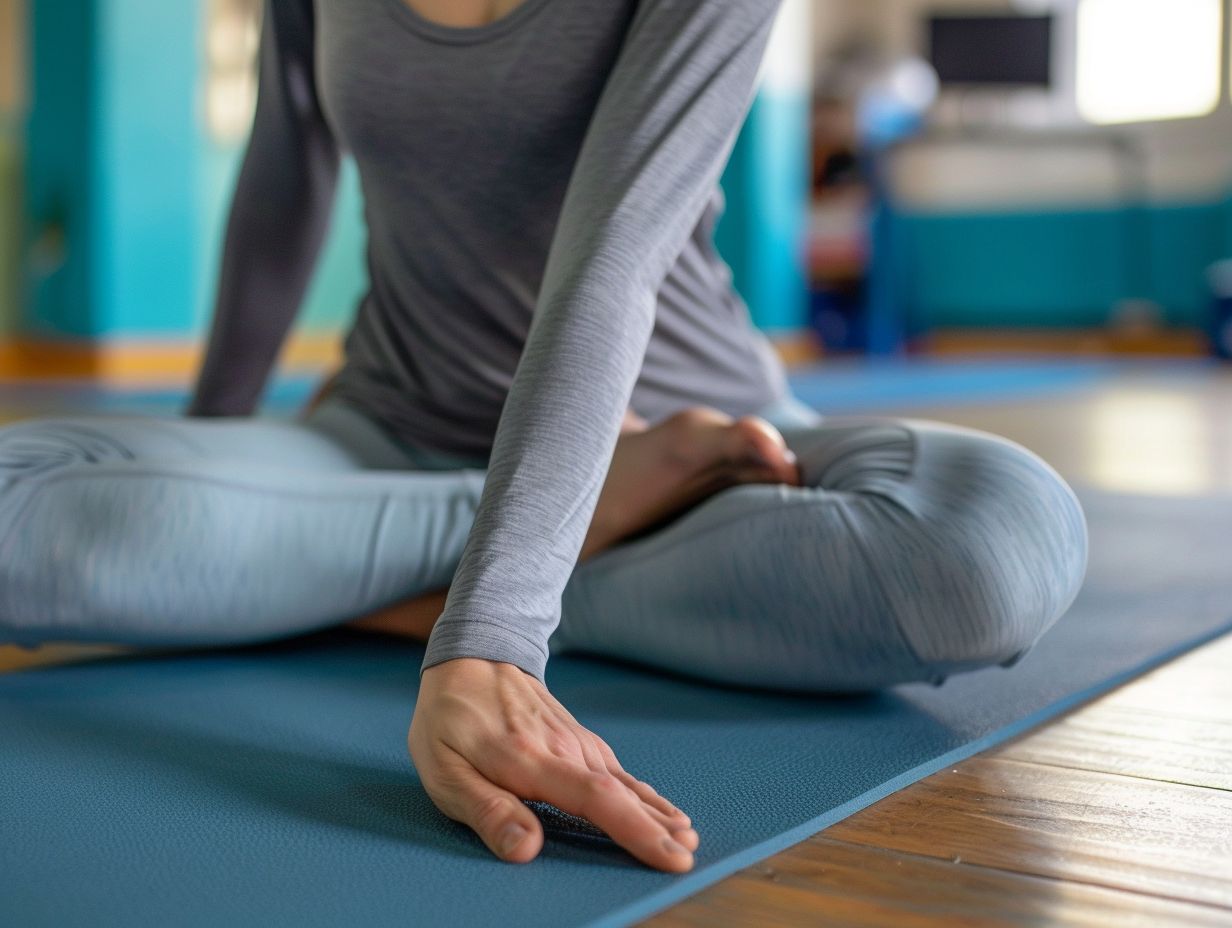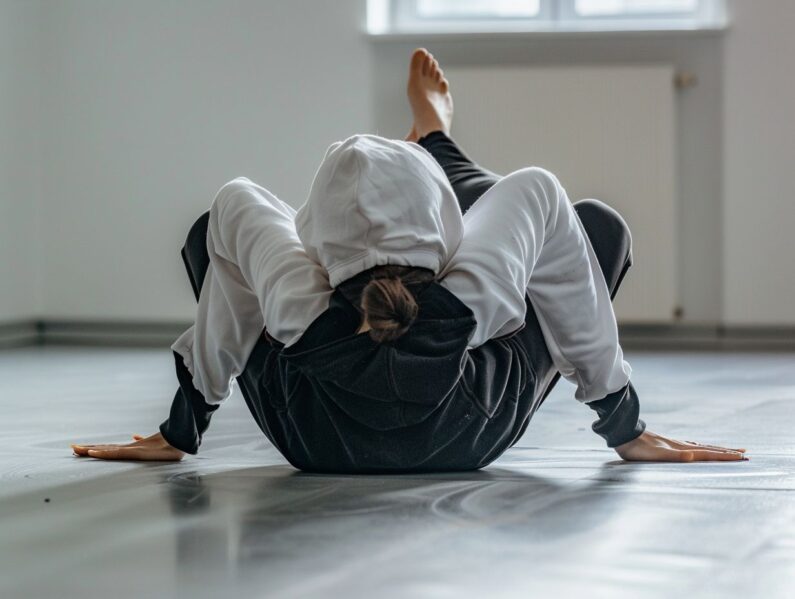Flexibility plays a crucial role in overall physical fitness by enabling individuals to move freely and reducing the risk of injuries. In this discussion, we will delve into the definition and significance of flexibility, along with the techniques used to assess it, including static and dynamic flexibility tests. Instruments such as goniometers and flexibility scales are commonly utilized for these assessments.
Additionally, we will examine various factors that influence flexibility, such as age and gender, and offer guidance on interpreting flexibility measurements. The session will also cover effective stretching techniques and exercises aimed at enhancing flexibility. Participants will gain insight into methods for improving flexibility and promoting overall well-being.
Understanding Flexibility

Flexibility is a key factor in our general health and fitness, as it influences the range of motion in our joints and muscles. It refers to the body’s capacity to move without restrictions, making it a fundamental element in physical therapy, exercise, and stretching regimens.
Definition and Importance
Flexibility refers to the capacity of joints and muscles to move through their full range of motion. Its significance cannot be overstated, as it directly affects our health, performance in physical activities, and overall well-being.
Having good flexibility reduces the likelihood of sustaining injuries during exercise or daily movements. For instance, the ability to effortlessly touch your toes may appear simple, but it indicates a high level of flexibility in multiple muscle groups. This leads to more effective movements, decreased muscle soreness, and enhanced posture.
Moreover, flexibility plays a pivotal role in activities such as yoga, dance, or basic tasks like bending down to tie shoelaces or reaching for items on a high shelf without straining or risking injury.
Methods of Measuring Flexibility
Assessing one’s physical capabilities and progress in flexibility training programs requires measuring flexibility, which is a fundamental aspect. Different methods, such as flexibility tests and assessments, are used to quantify an individual’s levels of flexibility.
Static and Dynamic Flexibility Tests
The evaluation of an individual’s flexibility levels often involves the use of standard methods such as static and dynamic flexibility tests. Static tests require holding specific positions to gauge muscle and joint flexibility, whereas dynamic tests evaluate flexibility in motion.
During static flexibility tests, individuals typically hold stretches like the toe touch or shoulder stretch for a specific duration to determine the range of motion in a fixed position. In contrast, dynamic flexibility tests focus on assessing how effectively muscles and joints move through various ranges during activities such as lunges or leg swings. Recognizing the distinctions between static and dynamic tests is essential, as they offer valuable insights into different facets of an individual’s flexibility capacities, which can be instrumental in designing tailored fitness programs.
Common Tools for Measuring Flexibility

It is crucial to utilize tools like goniometers, flexibility scales, and established norms for accurately measuring and monitoring flexibility levels. These tools offer quantitative data that assists in evaluating progress and establishing benchmarks for improvement.
Goniometer, Flexibility Scales, and Other Devices
Goniometers, flexibility scales, and other devices play a crucial role in establishing flexibility standards, benchmarks, and parameters. They assist in quantifying flexibility measurements and comparing them to established norms to assess progress and identify areas for improvement.
This process helps in establishing a starting point for individuals, athletes, or patients to track their flexibility enhancements over time. For instance, goniometers offer precise angle measurements of joint movement, enabling trainers and healthcare professionals to set specific objectives and monitor the efficacy of flexibility training programs.
In contrast, flexibility scales provide a standardized method for evaluating and rating flexibility levels, presenting a clear overview of an individual’s range of motion. Through the use of such measuring tools, coaches, physical therapists, and fitness instructors can customize their intervention strategies to target particular flexibility requirements and enhance overall performance.
Factors Affecting Flexibility
Numerous factors, such as age, gender, and other influential elements, can have a profound effect on an individual’s flexibility levels. It is crucial to comprehend these factors when designing flexibility training programs and establishing achievable goals.
Age, Gender, and Other Influential Factors
Various factors, such as age, gender, and individual traits, are crucial in monitoring progress in flexibility and determining strategies for improvement. These factors are instrumental in creating tailored plans that effectively enhance flexibility based on an individual’s unique characteristics.
For example, when considering age, older individuals may benefit from a more gradual approach to flexibility routines to avoid injuries, whereas younger individuals can often safely push their limits. Similarly, gender differences may necessitate a specific focus on particular muscle groups. It is vital to customize flexibility exercises according to these factors.
Additionally, factors like body type and physical activity level can also influence flexibility. Adapting stretching routines, incorporating a variety of exercises, and utilizing tools such as foam rollers can be beneficial in effectively improving flexibility.
Interpreting Flexibility Measurements

Analyzing flexibility metrics is crucial for evaluating an individual’s current flexibility status. This assessment is vital for comprehending how flexibility levels relate to enhancing performance in different physical activities.
What Do the Results Mean?
It is essential to grasp the significance of interpreting flexibility measurement results to develop effective maintenance plans and offer targeted advice for enhancing flexibility. This understanding is particularly valuable for athletes seeking to improve their performance in sports.
By analyzing flexibility measurements, athletes can pinpoint areas of strength and weakness in their range of motion. This information allows them to customize their training regimens to address specific muscle groups that may require attention. This tailored approach can result in more balanced movement patterns and a reduced risk of injury. By implementing personalized strategies to enhance flexibility based on these measurements, athletes can optimize their performance and enhance their athletic capabilities.
Those athletes who prioritize flexibility training may observe enhancements in agility, speed, and endurance, ultimately giving them a competitive advantage in their respective sports.
Improving Flexibility
Enhancing flexibility necessitates a committed method that involves customized flexibility exercises, organized programs, and clearly defined flexibility objectives. By adhering to successful strategies, individuals can boost their flexibility levels and attain their intended range of motion.
Effective Stretching Techniques and Exercises
It is crucial to integrate effective stretching techniques and targeted exercises not only to enhance flexibility but also to experience the benefits of improved mobility, injury prevention, and specific advantages for dancers.
Engaging in stretching routines regularly, such as dynamic stretching, static stretching, and proprioceptive neuromuscular facilitation (PNF), can significantly enhance joint range of motion and muscle flexibility. Dynamic stretching involves performing movements that simulate the intended activity, while static stretching concentrates on maintaining positions to elongate the muscles. PNF stretching combines muscle stretching and contracting to achieve optimal flexibility.
These techniques aid in loosening tight muscles, enhancing circulation, and reducing muscle soreness, ultimately resulting in improved performance and a decreased risk of injuries.
Frequently Asked Questions

What is flexibility and why is it important to measure?
Flexibility is the ability of a joint or group of joints to move through a full range of motion. It is important to measure flexibility because it can help identify muscle imbalances, prevent injuries, and improve overall physical performance.
How can I measure my flexibility?
There are various ways to measure flexibility, including the sit-and-reach test, shoulder flexibility test, and trunk rotation test. These tests typically involve measuring the range of motion in a specific joint or muscle group.
Can I measure my own flexibility at home?
Yes, there are simple flexibility tests that you can do at home. For example, the sit-and-reach test can be done using a ruler and a step or chair. However, for more accurate results, it is recommended to have a trained professional conduct the tests.
What factors can affect my flexibility measurements?
There are several factors that can affect flexibility measurements, such as age, gender, genetics, previous injuries, and physical activity levels. It is important to consider these factors when interpreting your flexibility results.
How often should I measure my flexibility?
It is recommended to measure your flexibility at least once every 3 to 6 months. This will allow you to track your progress and make adjustments to your flexibility training as needed.
What are some ways to improve flexibility?
Some ways to improve flexibility include regular stretching, foam rolling, yoga, and Pilates. It is also important to incorporate a variety of stretching techniques and to stretch all major muscle groups to maintain overall flexibility.

As a dedicated writer and martial art enthusiast, I have carved a unique niche where the pen and the sword truly coexist. With over a decade of experience, my journey has been one of constant evolution, blending the discipline and focus of martial arts with the creativity and depth of writing. My work spans various genres, including fiction, self-help, and martial arts instruction, offering readers insights not just into the arts themselves, but into the life lessons they embody.

